Rural Schools Have Battled Bad Internet, Low Attendance and Academic Decline Through the Pandemic. Now the Push Is On to Return Students to Classrooms — Safely
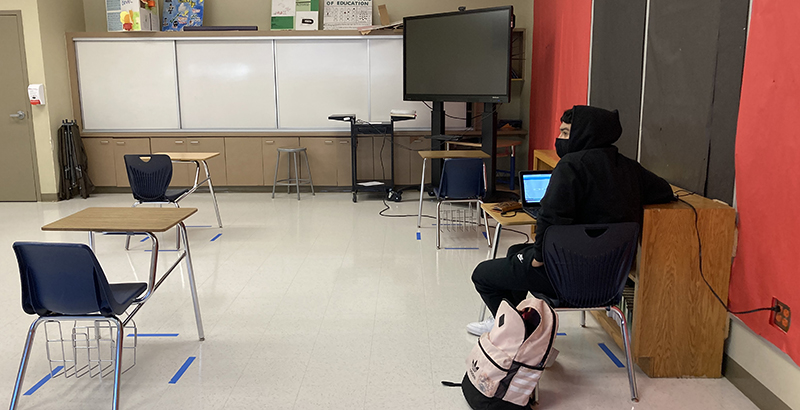
This piece is part of a collaborative pandemic reporting project led by the Institute for Nonprofit News and member newsrooms. (See more rural case studies at The 74)
Andy and Amy Jo Hellenbrand live on a little farm in south-central Wisconsin where they raise corn, soybeans, wheat, heifers, chickens, goats, bunnies, and their four children, ages 5 to 12.
For the entire fall semester, the quartet of grade school students learned virtually from home, as their district elected to keep school buildings closed.
That has put a strain on the family, as well as the childrens’ grades and grammar.
“I definitely feel like they’re falling behind,” said Amy Jo Hellenbrand. “You just notice certain things as far as their language and how they talk. You’re constantly correcting them.”
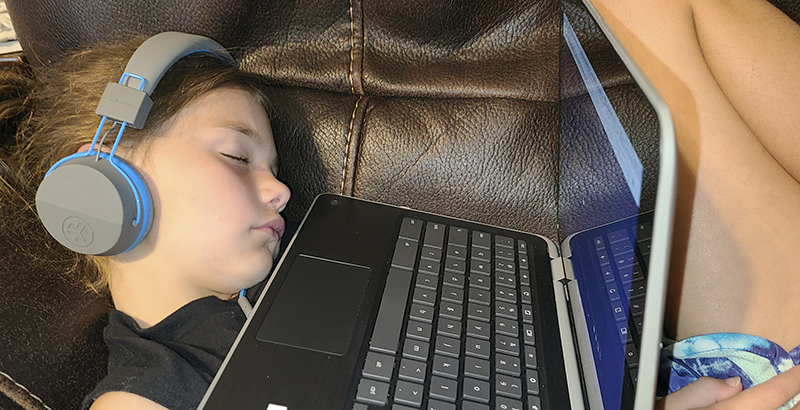
As the first full semester for U.S. schools during the pandemic comes to an end, education experts and parents alike are concerned about its effects on children’s academic progress. From the Mexican border to the Upper Midwest, Oregon to Virginia and on Native American reservations across the West, that anxiety is magnified in rural areas, which are far less likely to have access to high-speed or even consistent internet in a time of extensive virtual schooling.
Gauging students’ progress right now is like tracking a panther — both are elusive. It’s unclear how far the pandemic has set back learning in the past year, as many states have put temporary holds on regular assessment tests. And many children are not in classrooms for educators to keep tabs on. But some initial research has not been encouraging, with students falling behind, most notably in math.
The push in many parts of the United States now is to put children back in classrooms. The U.S. Centers for Disease Control and Prevention reports that among the 62% of K-12 school districts that had either full or partial in-person instruction, outbreaks of COVID-19 among children “have been limited” — although the agency said it lacked data to gauge the risk among staff.
“CDC recommends that K–12 schools be the last settings to close after all other mitigation measures have been employed and the first to reopen when they can do so safely,” the agency said.
President Joe Biden is proposing $130 billion to provide additional personnel, building upgrades and protective equipment to help schools reopen safely as part of a $1.7 trillion plan to combat coronavirus, provide financial relief and boost the economy.
Some policymakers and education experts also are pushing for a massive tutoring surge to help students recover from the inevitable academic regression.
Online access poor in many rural areas
This school year, many teachers faced the unenviable task of motivating antsy students on flickering computer screens. Nearly 20% of U.S. students in grades K-12, or about 9 million children, go to schools in areas where the internet is often spotty or freezes up.
While the country has made great strides in improving and expanding access to high-speed internet, the Federal Communications Commission estimates that nearly 6% of Americans don’t have access to fixed high-speed internet. That number mushrooms to 22% of folks in rural areas, and it’s even greater in tribal areas, where nearly 28% of the population lacks access. And these numbers may vastly underestimate the problem, some experts suspect.
That means a big chunk of the rural United States is still living in the 1990s when it comes to internet speeds.
Steve Elliott, school board president of the rural, 300-student school district in Albany, Wisconsin, highlighted this problem when he testified before state legislators in June.
During the pandemic, his three school-aged children sometimes studied from his wife’s cheese shop to get effective internet access.
Said Elliott: “Our schools are dependent upon infrastructure that doesn’t exist.”
Slap bracelets, hotspots
In internet deserts where access is poor or worse, rural schools and communities had to get creative.
The Cuba Independent School District in rural northern New Mexico — a district larger than Rhode Island — distributed slap bracelets armed with a built-in USB drive. Students use them to download lessons after driving to an internet hotspot. Back home they can upload the lessons to their school district-supplied laptops.
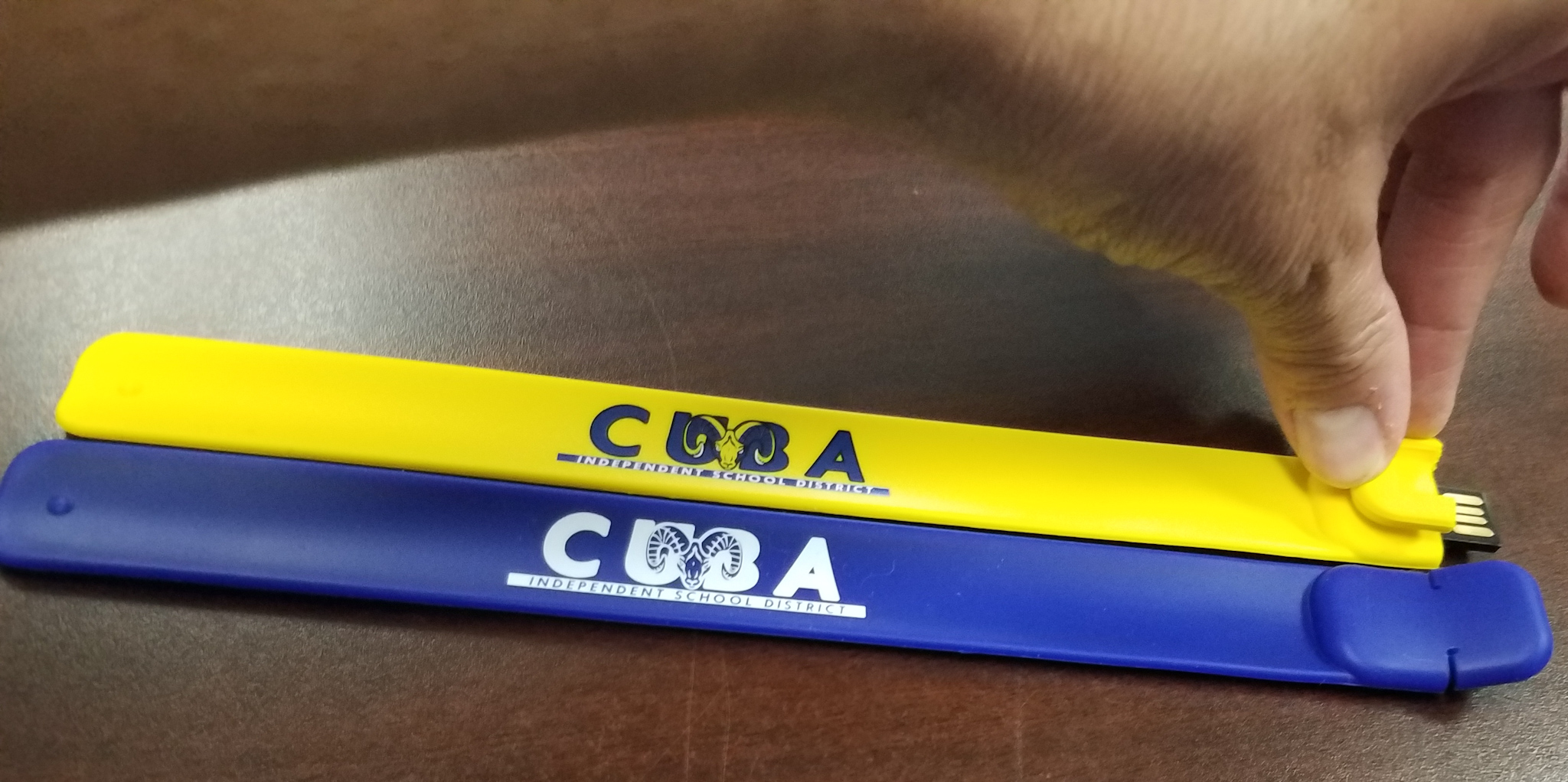
In Iowa, local telephone companies set up wifi connections to keep students online for remote learning, and several churches opened their doors to provide socially distanced space for students to work on their laptops, said Ken Howard, superintendent of the 700-student South Hamilton School District in Jewell.
As it is for many rural areas, internet access is a problem at Prospect Heights Middle School in rural Orange County, outside of Charlottesville, Virginia. The school has purchased 55 hotspots to help students connect with their teachers and learn online, Principal Renee Bourke said.
Shoddy service is the norm for the Hellenbrand family in Wisconsin..
“The internet has not been our friend,” Hellenbrand said during a school day last month. “It’s been down a lot today. They’ve been kicked off their meetings quite a few times. That’s been the story recently.”
One of her daughters, 10-year-old Reagan, was more succinct: “Our internet sucks.”
View of student progress spotty
Of course, virtual schooling was a remedy for the burning August fear that schools would be superspreading sites. That concern has been somewhat doused by increased understanding of the COVID-19 virus.
That has led to a refocusing on another danger of the pandemic: children lagging academically.
The chaos of the pandemic led states to cancel spring assessment testing, making it harder to evaluate progress. And some districts are declining to provide attendance data, raising questions about how many students remain engaged.
But some data are now available, and the picture is not great. Early studies from research organizations NWEA and McKinsey & Company suggest that students are falling behind, especially in math.
The NWEA study found that while student achievement in grades 3 through 8 was comparable to previous years in reading, progress in math dipped as much as 10 percentile points from levels before the pandemic.
Even those declines likely understate the problem, researchers noted, because “student groups especially vulnerable to the impacts of the pandemic were more likely to be missing from our data.”
The McKinsey study found that, on average, students started school in the fall about three months behind expectations in math. Students of color were about three to five months behind, while white students were behind by about one to three months. In reading, students were only about a month and a half behind historical averages. Differences in achievement between rural and urban students were not studied.
In Iowa, early literacy assessment results of kindergarten through third grade saw a drop in scores, said Heather Doe, a spokeswoman for the Iowa Department of Education.
How much damage has occurred is hard to gauge, experts say, at least while so many students are still learning outside of school buildings.
Texas allowed parents to make the choice of whether their children can take class in person or remotely. Both Tornillo and Fort Hancock, rural high schools outside of El Paso, have encouraged parents to send children back to campus.
“Testing students is futile,” said Amber Moseley, an English teacher at Fort Hancock. “We will not know anything until testing is consistent or controlled.”
Risk to failing students magnified
Most students who performed well academically prior to the pandemic continued to succeed as learning adapted to avoid spreading COVID-19, said Martina Collins, a social studies teacher at Tornillo High School, which is rural and mostly Hispanic.
“The way students acted in school is the same way virtually,” she said.
And many are slipping through the safety nets in-person schooling usually provides, educators say.
In New Mexico, more than 32,000 students — one of every 10 enrolled in public education — have been referred to a state-sponsored coaching program, many for being disengaged, regularly missing classes or in danger of failing one or more classes. Fewer than a third of students referred are participating in the coaching sessions, as of Jan. 18.
In some Oregon schools, only half of Latino students were attending on a regular basis at the start of the school year, and students of color were failing high school classes at twice the rate of their white classmates, according to records obtained from several Oregon districts.
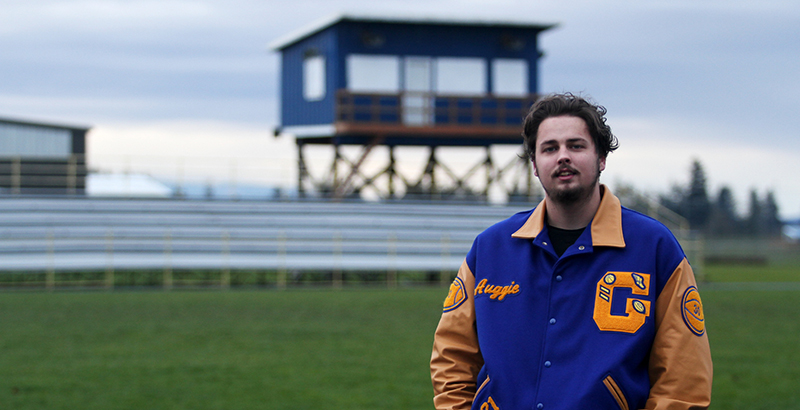
Kevin Genisot, superintendent of the rural, 500-student Hurley School District in far northern Wisconsin, is resigned to the same problem.
“We’re going to lose kids,” Gensiot said. “Every district is going to lose kids. Your high at-risk kids that are not in attendance are in serious jeopardy of not graduating.”
Ideas are swirling, or have already been implemented, to counter the blows the pandemic has landed on student progress.
A bipartisan group of U.S. senators is advocating for expansion of national service programs, including AmeriCorps and Senior Corps, to add 300,000 members to work individually with at-risk children.
Johns Hopkins University education researcher Robert Slavin is pushing Biden for a similar effort, calling it a Tutoring Marshall Plan and arguing that simply reopening schools “will not heal the damage students have sustained to their educational progress” — especially in high-poverty schools.
Funding helped close internet gap
The federal government has provided schools some ammunition to fight the battle against shoddy internet.
The massive, $2.2 trillion COVID-19 CARES Act provided billions in funding for elementary and secondary education. Schools spent some of that on personal computers for students, as well as wifi hotspots — hockey puck-shaped devices that provide access to the internet through cell phone networks.
Prior to the pandemic, 80% of households on the Walker River Paiute Tribe reservation in Nevada had a computer, but only 60% had access to high-speed internet service, according to the U.S. Census. Now, every family with a student has a computer or a Chromebook and internet access, said Lance West, principal of Schurz Elementary School on the reservation.
The tribe received more than $20 million from the CARES Act and put some of those funds towards purchasing devices, tribe chairwoman Amber Torres said.
In the second, smaller COVID-19 relief bill of $900 billion, passed last month, Congress provided $3.2 billion to help with internet access, including a $50-a-month benefit for anyone laid off during the pandemic. The package also had $1 billion in grants for tribal broadband programs and $300 million for broadband infrastructure grants.
For the Hellenbrands, the return to the classroom this semester cannot come soon enough. After watching her four children struggle with online learning, Amy Jo Hellenbrand is ready to set aside their home hotspot for the 45-minute bus ride.
“They need to be back in school,” Hellenbrand said. “That was always my view.”
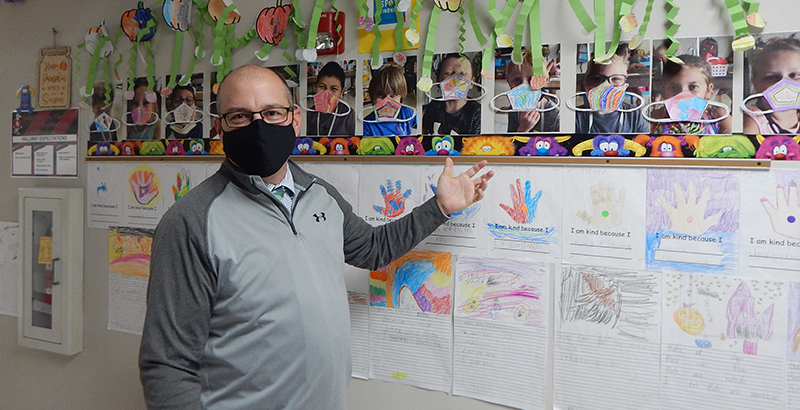
This story is part of a collaborative reporting project called “Lesson Plans: Rural schools grapple with COVID-19”. It includes the Institute for Nonprofit News, Charlottesville Tomorrow, El Paso Matters, Iowa Watch, The Nevada Independent, New Mexico in Depth, Underscore News/Pamplin Media Group and Wisconsin Watch/The Badger Project. The collaboration was made possible by a grant from the Walton Family Foundation.
Get stories like these delivered straight to your inbox. Sign up for The 74 Newsletter

;)